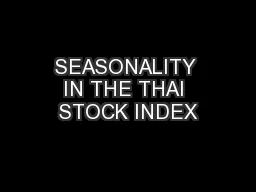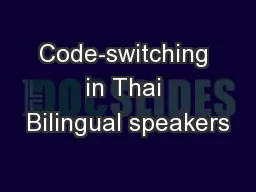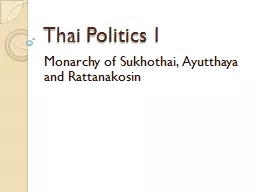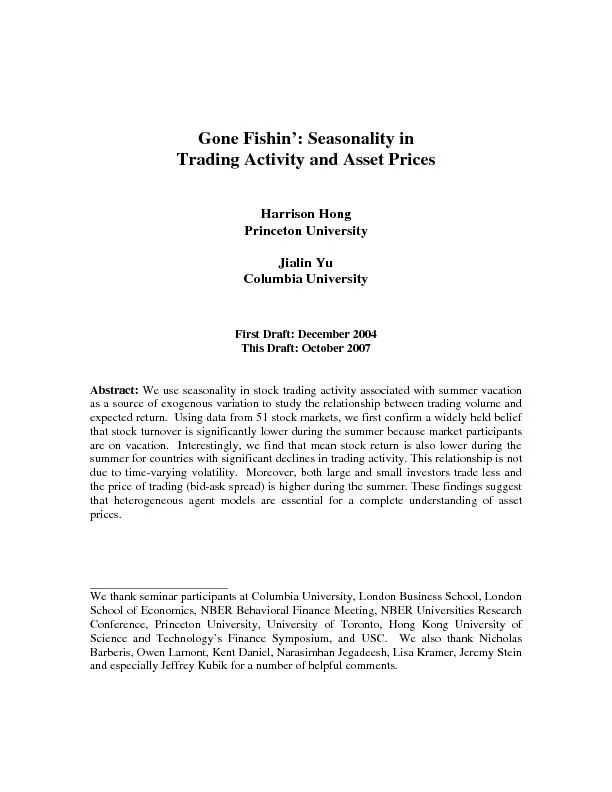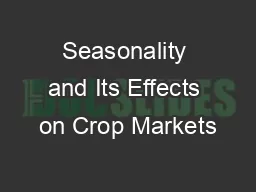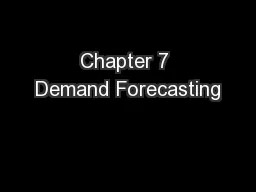PPT-SEASONALITY IN THE THAI STOCK INDEX
Author : lois-ondreau | Published Date : 2016-07-23
HSWINT FRIDAY PhD TEXAS AampM UNIVERSITY CORPUS CHRISTI USA NHIEU A BO TEXAS AampM UNIVERSITY CORPUS CHRISTI USA World Finance and Bankin g Symposium Conference
Presentation Embed Code
Download Presentation
Download Presentation The PPT/PDF document "SEASONALITY IN THE THAI STOCK INDEX" is the property of its rightful owner. Permission is granted to download and print the materials on this website for personal, non-commercial use only, and to display it on your personal computer provided you do not modify the materials and that you retain all copyright notices contained in the materials. By downloading content from our website, you accept the terms of this agreement.
SEASONALITY IN THE THAI STOCK INDEX: Transcript
Download Rules Of Document
"SEASONALITY IN THE THAI STOCK INDEX"The content belongs to its owner. You may download and print it for personal use, without modification, and keep all copyright notices. By downloading, you agree to these terms.
Related Documents

